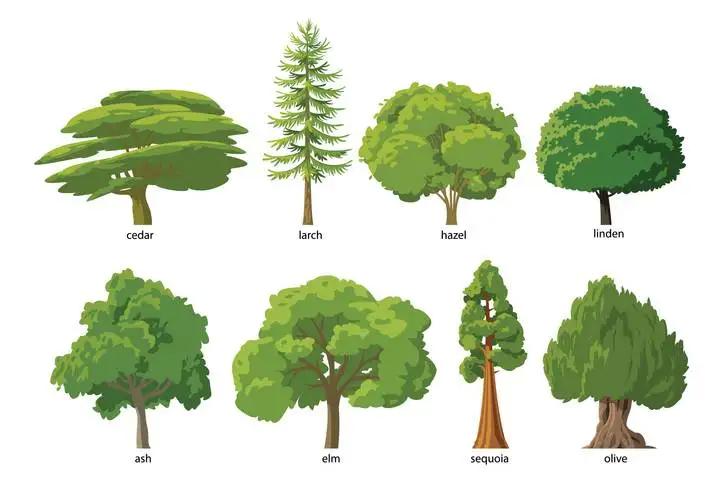Trees and Urban Wildlife

Urban environments are teeming with diverse wildlife, and trees play a crucial role in supporting and enhancing urban wildlife populations. Street trees, which are planted in municipalities’ right-of-ways, are vital public resources that contribute significantly to urban forests[1]. Urban forestry, encompassing the planting, maintenance, care, and protection of tree populations in urban settings, is essential for creating sustainable habitats for wildlife in cities[2]. Trees serve a multitude of purposes beyond providing shade and aesthetic appeal; they act as windbreaks, control erosion, and offer valuable benefits to urban wildlife, making them an integral part of urban ecosystems[3]. In this article, we delve into the intricate relationship between trees and urban wildlife, exploring the ways in which trees support and enhance biodiversity in city landscapes.
Trees play a vital role in creating and maintaining wildlife habitats in urban areas. They provide both shelter and food sources for a variety of urban wildlife, including birds, squirrels, and insects. Trees offer nesting sites, protection from predators, and a source of fruits, seeds, and insects that animals can feed on. Their presence helps support a diverse range of species within urban ecosystems.
However, urban wildlife faces challenges due to declining tree coverage in city environments. As trees are removed for development projects or due to disease and neglect, wildlife habitats are destroyed, leading to a loss of biodiversity and disruptions in the food chain. This loss of trees can also contribute to increased stress on urban wildlife populations, as they struggle to find suitable shelter and food sources.
To address these challenges and support urban wildlife ecosystems, it is essential to focus on enhancing tree populations within urban areas. Planting native tree species, maintaining urban green spaces, and implementing tree protection and preservation programs are all crucial strategies for promoting a healthy balance between trees and wildlife in cities. By prioritizing the preservation and growth of trees, we can create sustainable environments that benefit both urban wildlife and human residents alike.
Q&A
Q: What role do trees play in supporting urban wildlife?
A: Trees provide essential habitat and food sources for a variety of urban wildlife species, such as birds, squirrels, and insects.
Q: How can trees benefit urban ecosystems?
A: Trees help improve air quality, reduce noise pollution, and provide shade and cooling in urban environments. They also support biodiversity by creating interconnected green spaces for wildlife.
Q: What are some ways to encourage wildlife to thrive in urban areas?
A: Planting native tree species, creating green spaces with diverse vegetation, and providing nesting and food sources can help support urban wildlife populations.
Q: What are the main threats to urban wildlife in relation to trees?
A: Urban development, habitat loss, pollution, and climate change are major threats to urban wildlife that can impact their ability to thrive in urban areas.
Q: How can individuals contribute to supporting urban wildlife through tree preservation?
A: Individuals can participate in tree planting initiatives, advocate for green spaces in urban planning, and practice sustainable landscaping techniques to help support urban wildlife populations.
Conclusion
trees provide essential habitats and resources for urban wildlife, playing a crucial role in supporting biodiversity in our cities. By understanding the relationship between trees and urban wildlife, we can better appreciate the importance of preserving and enhancing green spaces in our urban environments. Through thoughtful urban planning and conservation efforts, we can create healthier, more sustainable cities for both humans and wildlife to coexist harmoniously. Let’s continue to protect and nurture the valuable ecosystems that trees provide for the benefit of all living creatures in our urban landscapes.
Simpsons Tree Services, Servicing Melbourne’s North Eastern Suburbs
Book a quote online at www.simpsonstrees.com.au


